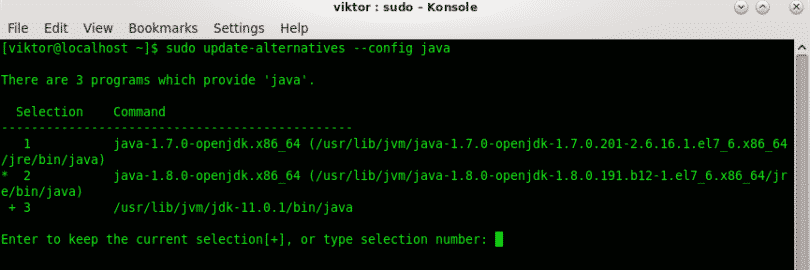

- Install openjdk 11 centos how to#
- Install openjdk 11 centos install#
- Install openjdk 11 centos update#
You can verify if you changed the default version by running: java -version Step 4: Set the JAVA_HOME environment variable (optional) So, in this example, the current default version of Java that is used is Java 11, to change it to Java 17, just type “2” and hit Enter. An example output is: There are 2 programs which provide 'java'. This will list out all the installed Javas on your system, and you’ll need to enter a number to choose what version you’d like to use. If you’ve installed multiple Java versions, you can change the default version you’re using by running the following command: alternatives -config java Step 3: Change the default Java version (optional) You don’t have to do the next 2 steps, they are optional. Java is now installed and you can continue using it on your AlmaLinux. OpenJDK 64-Bit Server VM 21.9 (build 17.0.1+12-LTS, mixed mode, sharing)Īnd that’s it. OpenJDK Runtime Environment 21.9 (build 17.0.1+12-LTS) This should give you an output similar to this: openjdk version "17.0.1" LTS To verify that you installed Java 17, run the following command: java -version
Install openjdk 11 centos how to#
We’ll show you how to switch between versions below.
Install openjdk 11 centos install#
You can also install multiple versions of Java.

If you want to install JRE (not JDK), just remove “-devel” from the command. To install it, run the following command: yum install java-17-openjdk-devel
Install openjdk 11 centos update#
Run the following command: yum update Step 2: Install Java 17 (latest LTS version)Īs of writing, the latest LTS release of Java is version 17. Or if you need a managed server and you want the hosting provider to install Java for you, then get one from SolaDrive.Īs always, the first step is to update your system.



 0 kommentar(er)
0 kommentar(er)
